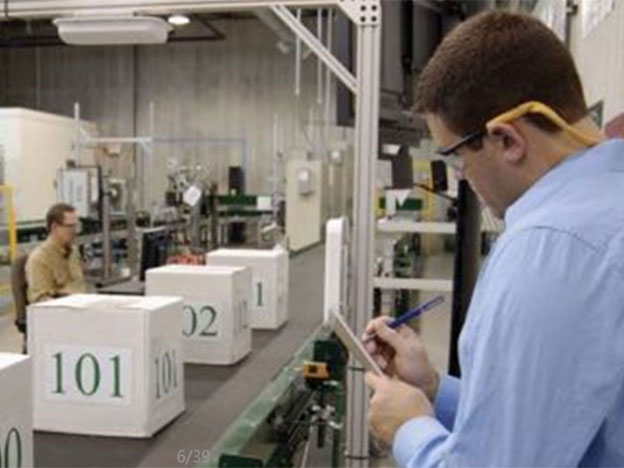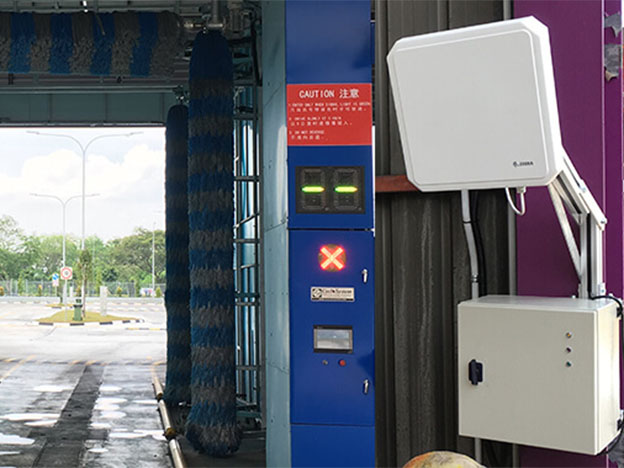 позвонить в :
+86 18681515767
позвонить в :
+86 18681515767
 Эл. адрес :
marketing@jtspeedwork.com
Эл. адрес :
marketing@jtspeedwork.com
 позвонить в :
+86 18681515767
позвонить в :
+86 18681515767
 Эл. адрес :
marketing@jtspeedwork.com
Эл. адрес :
marketing@jtspeedwork.com

01. наши продукты
горячие продуктышэньчжэнь jietong technology co., ltd. - высокотехнологичная компания, специализирующаяся на разработке, производстве и продаже устройств радиочастотной идентификации (RFID).
всегда на шаг больше!
Shenzhen Jietong technology Co., Ltd - высокотехнологичная компания, занимающаяся исследованиями и разработками, производством и продажей оборудования UHF RFID. Jietong имеет собственную команду R&D, инженеры которой имеют более чем 10-летний опыт R&D. Чтобы предоставить клиенту лучший сервис и продукт, Jietong постоянно совершенствуется, предлагая комплексное решение для проекта, послепродажное обслуживание и технологическую поддержку. Jietong имеет основные линейки продуктов, в том числе считыватель с несколькими метками UHF RFID Impinj R2000 / TM200 , считыватель с одной меткой UHF RFID , считыватель UHF RFID дальнего действия , считыватель UHF RFID среднего диапазона , настольный считыватель/запись UHF RFID , модуль считывателя UHF RFID , портативный считыватель UHF RFID , антенна UHF RFID , карта UHF RFID и метка и т. д., Jietong придерживается принципа превосходства пользователей и зависит от ориентированности на рынок, новых технологий и высокого качества, мы предоставим новейшие технологии, лучшие продукты, конкурентоспособность, искреннее обслуживание наших клиентов. Мы зарекомендовали себя как надежная, инновационная и доверенная часть бизнеса своих клиентов и поставщиков.

02. почему нужно выбрать нас
наше преимуществоshenzhen jietong technology co. ltd., высокотехнологичная компания, специализирующаяся на исследованиях и разработках, производстве и продаже средств радиочастотной идентификации (RFID). специальный профессионал в серии uhf rfid читатель Интернета вещей. У jietong есть собственная команда по исследованиям и разработкам, инженеры которой имеют более чем 10-летний опыт исследований и разработок. Чтобы предоставить клиентам лучший сервис и продукт, jietong постоянно развивается, чтобы предложить комплексное решение для проекта, послепродажное обслуживание и техническую поддержку.jietong имеет основные линейки продуктов, которые включают модуль uhf rfid, портативный считыватель rfid, считыватель rfid uhf, считыватель rfid среднего диапазона для парковки, считыватель управления доступом uhf, антенну uhf, карты uhf и бирку и т. д.,Считыватель jt uhf rfid уже интенсивно используется в управлении транспортными средствами, использование среды также включает управление персоналом для завода, управление весом для склада, контроль доступа для склада и транспортных средств, управление одеждой, управление логистикой табака, интеллектуальное управление библиотекой, управление идентификацией производственной линии, активы менеджмент и т. д.,jietong придерживается принципа превосходства пользователей и зависит от ориентированности на рынок, новых технологий и высокого качества, мы предоставим нашим клиентам новейшие технологии, лучшие продукты, конкурентоспособные и искренние услуги.
 профессиональный
профессиональный
команда R&D имеет опыт работы более 10 лет;
 товар
товар
предлагать недорогой, средний и качественный товар;
 качественный
качественный
национальная патентная защита продукта собственной торговой марки
 служба
служба
2 года гарантии и 3 года сервисного обслуживания;
03. кейсы проекта
РЕШЕНИЕ И СЛУЧАЙЭта страница решения помогает клиентам решить проблему установки приложений и управления ими с помощью продуктов Jietong Technology. Включено следующее: Управление транспортным средством Управление персональной системой УВЧ Управление производственной линией Управление логистикой Управление активами Управление складом Экологические санитарные автомобили управляют Интеллектуальное управление книжным шкафом
RFID Technology in the Renewable Energy Sector: Applications and Opportunities 1. Introduction As the global renewable energy industry expands, efficient asset management, supply c...
читать далее
управление автомобилемс быстрым развитием экономики Китая уровень жизни людей повышается; общее количество владельцев автомобилей также начало быстро расти. В настоящее время пробл...
читать далее
uhf rfid система управления персоналом>> обзор системыСистема управления персоналом междугородной карты - это современная система управления персоналом, сочетающая в себе технологи...
читать далее
управление производственной линиейЧтобы производить продукцию более высокого качества, снижая при этом производственные затраты и соблюдая требования стандарта ISO9000, производите...
читать далее
управление наведением на тележку AGVС уровнем производства и растущим спросом клиентов, различные логистические системы сталкиваются с множеством проблем, например, как повысить эф...
читать далее
система управления активами RFIDСистемный Обзорспособ вручную реализовать управление активами, включая увеличение активов, распределение, хранение, утилизацию и т. д., уже никогда ...
читать далее
04. События
последние новостишэньчжэнь jietong technology co., ltd. - высокотехнологичная компания, специализирующаяся на разработке, производстве и продаже устройств радиочастотной идентификации (RFID).


05. бесплатная консультация
оставить сообщениеЕсли вы заинтересованы в наших продуктах и хотите узнать более подробную информацию, оставьте сообщение здесь, мы ответим вам, как только сможем.

Телефон : +86 18681515767
Whatsapp : +8618681515767

Эл. адрес : marketing@jtspeedwork.com

12/F, Building A, No. 6, Shiben Road, Shiyan Street, Bao'an District, Shenzhen, Guangdong, China-518108
Авторские права © 2025 Shenzhen Jietong Technology Co.,Ltd. все права защищены.

сеть ipv6 поддерживается